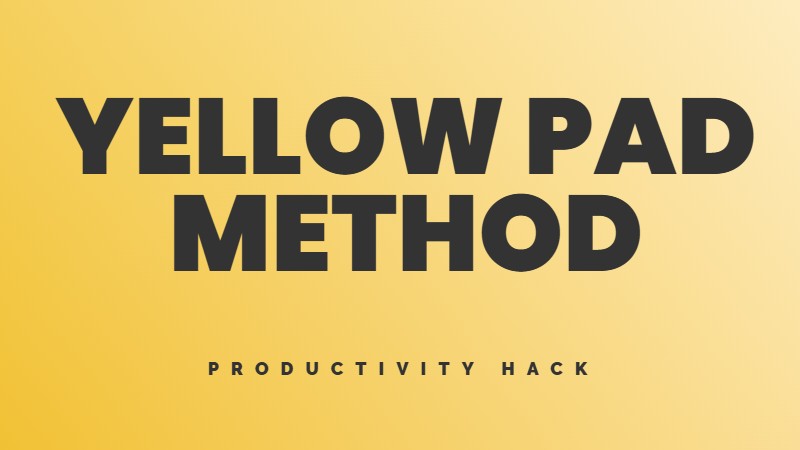As a student, I wasted countless hours re-reading textbooks and reviewing notes, only to feel my hard-earned knowledge melt away days later. In my frustration, I wondered why I bothered learning if I was doomed to forget. No matter how much I crammed before exams, the information never seemed to take permanent root in my brain. I accepted forgetting as an inevitable part of the learning process.
But forgetting isn’t inevitable. Research shows we can dramatically improve our ability to retain informatio. All it takes is leveraging three key time intervals.
The 2-7-30 rule to hack your brain to remember more of what you study
In school and life, what you learn is only useful if you can remember it. But our brains are wired to forget. Within days, we lose the majority of new information we take in.
150 years ago, German psychologist Hermann Ebbinghaus quantified this “forgetting curve”. His research showed:

What is the 2-7-30 rule?
The 2-7-30 rule leverages the power of spaced repetition to make memories stick. Here’s how it works:
After you learn something new, test yourself on it:
Recalling information at these specific intervals tags it as important and moves it into your long-term memory. Your brain gets the message that this knowledge is worth holding onto.
How to apply the 2-7-30 rule to your studies
Want to remember more of what you read? After finishing a book or article:
Use this same approach with lecture notes, vocabulary lists, important documents or anything you need to commit to memory. Retrieving the information repeatedly over time burns it into your brain.
Why the 2-7-30 rule works
Spaced repetition may seem too simple to be effective. But it’s based on how the brain works.
Encoding memories is a competitive process. Your brain constantly evaluates information to determine what’s important to store and what can be discarded. Forgetting isn’t a flaw in the system. It’s how the system makes space for new learning.
Each time you actively recall something, it gains points in the competition. Retrieval signals to your brain:
“This knowledge is useful. Keep it around!”
The harder you have to work to pull the memory up, the more the memory is strengthened.
Spacing retrieval out over increasing intervals leverages your brain’s natural “use it or lose it” algorithms. The 2-7-30 schedule takes advantage of the forgetting curve, allowing memories to fade before pulling them back up, making them stickier each time.
Bottom line
The 2-7-30 rule puts the power of memory in your hands. This simple practice takes advantage of your brain’s natural learning processes to help knowledge take root and flourish. No more cramming all night to forget everything days later. No more feeling like you’re not cut out for learning or doomed to be forgetful.
Pick something you want to commit to long-term memory. Study it, then mark your calendar to revisit that knowledge in 2 days, 7 days and 30 days. See the difference it makes in how much you retain.




Leave feedback about this